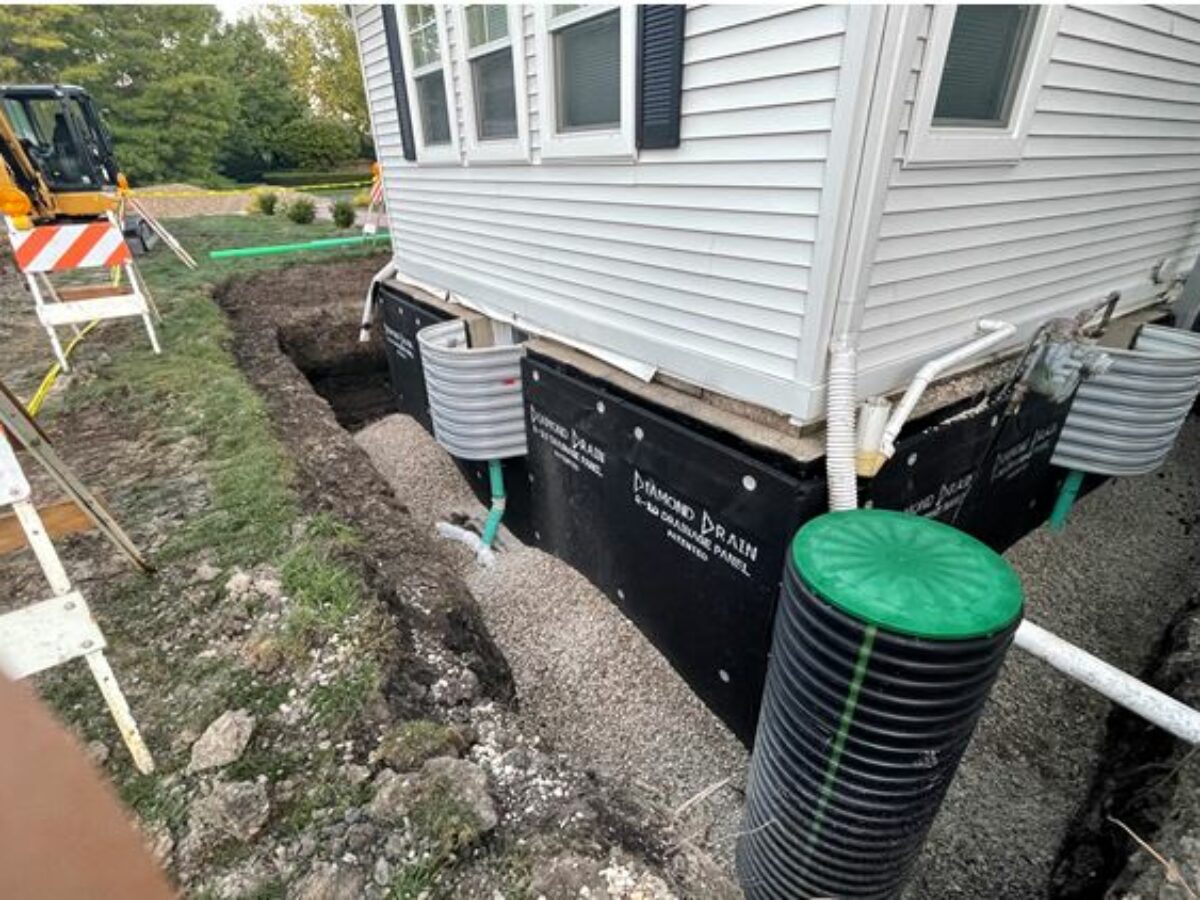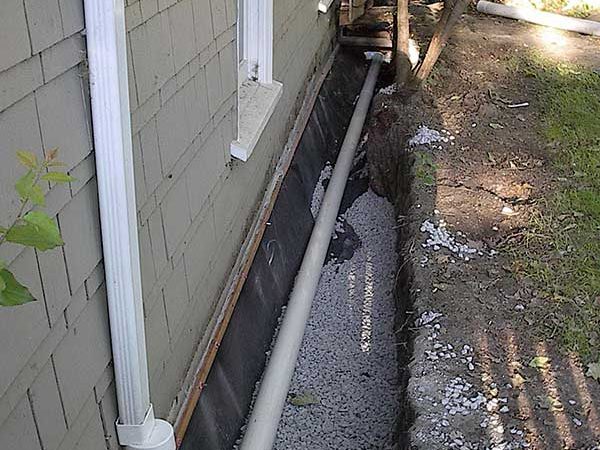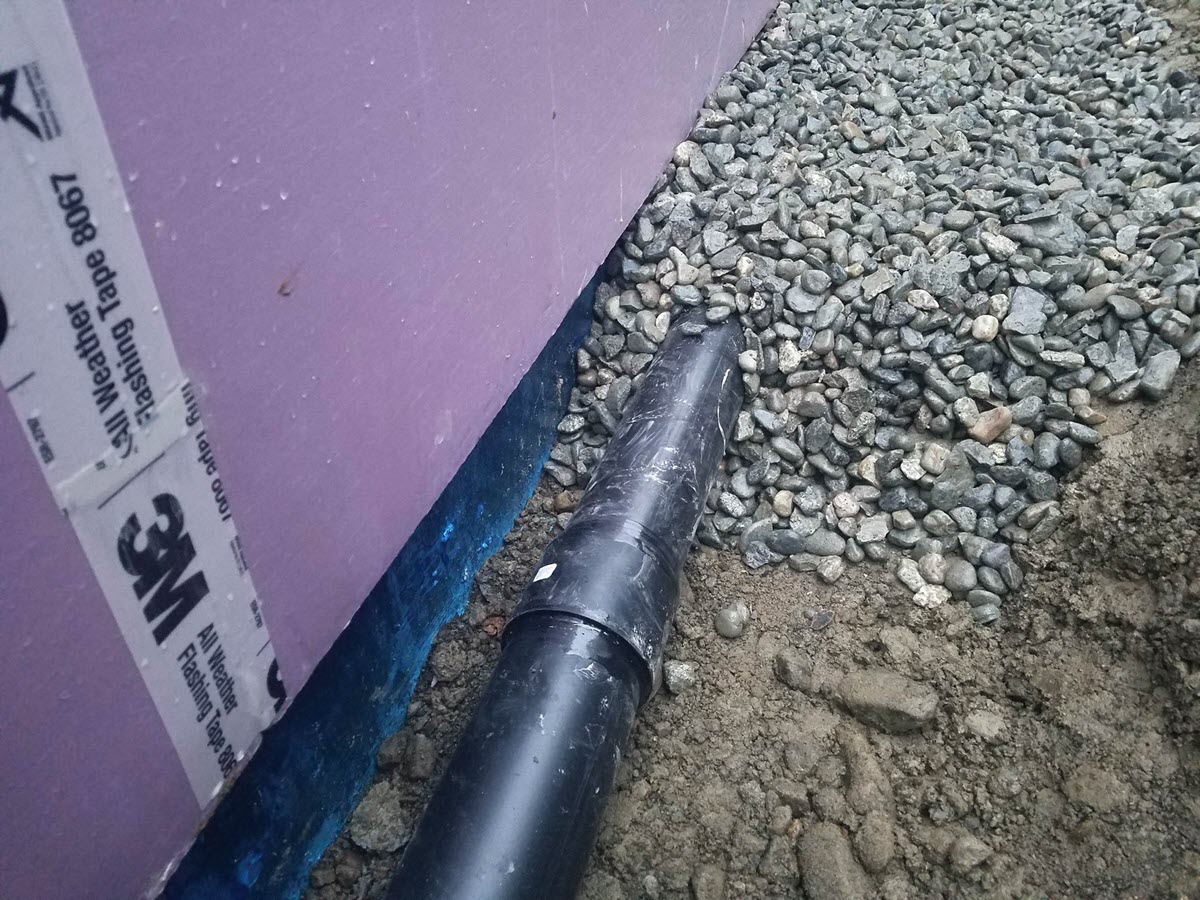Foundation Drain Servicesin Grosse Pointe Farms MI
Foundation Drain Solutions to Keep Your Building Secure
We Are Locally Owned & Operated For Over 37 Years
Contact Us Today!
We Serve Businesses In And Around The Following Cities:
About Foundation Drain Services
Understanding the Significance of Foundation Drain
With the bustling commercial landscape in Grosse Pointe Farms, maintaining the integrity of building foundations constitutes an integral part of property management. Establishing a strong, durable foundation is a critical first step. Thereafter, ensuring it maintains a water-free state to prevent structural damage becomes essential. This is where the role of a dependable foundation drain system comes into play.
To withstand the geographical and climatic challenges posed by the city’s proximity to Lake Saint Clair, modern-day commercial structures increasingly rely on such drainage systems. In a city gifted with architectural brilliance and a vibrant business ethos, proper infrastructural maintenance forms a supportive pillar of commercial endeavors. D&J Contracting, a leading name in the field, offers unmatched services for installing, repairing, and maintaining foundation drains.
Demystifying Foundation Drain and its Process
A foundation drain, often referred to as a foundation footer drain or foundation perimeter drain, is a common feature in commercial buildings in Grosse Pointe Farms. Typically located near the bottom of the foundation, this drain aims to channel water away from the foundation effectively, contributing to structural sustainability. An exterior foundation drain or a foundation french drain plays a vital role here. They collect water that would otherwise infiltrate into the basement and direct it away, maintaining a dry, safe foundation.
Installation of a foundation drain involves a detailed process. The first step includes excavating around the building’s perimeter down to the footer level. The next step involves laying a perforated pipe wrapped in a filter fabric, followed by drainage gravel, and then backfilling it with soil. With expert involvement from providers like D&J Contracting, it ensures the right application of the foundation drainage systems.
Drawing a Comparison: Variety of Foundation Drain Systems
Various types of foundation drainage systems cater to the differing needs of commercial properties. An external foundation drain or foundation footer drain caters to outdoor requirements, handling surface water or groundwater before it can infiltrate into the foundation. A foundation perimeter drain or a house foundation drainage system, on the other hand, focuses on safeguarding interiors, managing the water that builds up inside due to hydrostatic pressure and soil moisture.
Choosing between these systems involves consideration of factors like building design, soil type, local climate, and the water table level. For instance, commercial buildings in Grosse Pointe Farms may opt for a robust combination of both systems to effectively drain water away from the house foundation.
Benefits of Foundation Drain
The efficiency of a well-maintained foundation drain system is evident in the preservation of the structural integrity of commercial properties. It safeguards the foundation against dampness, leaks, cracks, and consequently, structural degradation. By preemptively channeling away water, drain systems around the foundation help prevent basement flooding – a common issue impacting properties around Grosse Pointe Farms.
A proper foundation drain also helps maintain the aesthetic charm of the property by preventing seepage, mold, or mildew growth – essential criteria for businesses valuing their professional image. It enables businesses to utilize their basements for any operational needs without worrying about water damage. D&J Contracting excels in implementing such seamless foundation water drainage systems, solidifying the structural framework of commercial properties.
Real World Applications of Foundation Drain
In the real-world scenario, many commercial properties in Grosse Pointe Farms have benefited immensely from effective foundation drain systems. Take the instance of a retail store located close to the waterfront, experiencing recurring issues of seepage and basement flooding. The installation of an exterior foundation drain system, namely a foundation footer drain, resolved the problem remarkably. It channeled the surface water away, protecting the building’s foundation and effectively preserving the store’s aesthetic appeal.
In a different case, a commercial unit dealing with groundwater accumulation inside its foundation opted for a foundation wall drainage system. The results were a considerable reduction in hydrostatic pressure, prevention of seepage, and eased maintenance routines, enhancing productivity.
These cases underline the value brought in by a foundational drain system to commercial properties. In this regard, organizations such as D&J Contracting, with their expertise and dedication, accentuate this value through their services.
Mapping the Way Forward: Maintaining Foundation Drain Systems
Hence, as we delve deeper into the assessing the value and application of foundation drains, allocating adequate resources to maintain them should become a focal point for businesses. Regular checks, cleaning, and necessary repairs help ensure the systems’ longevity and efficiency.
And, as commercial properties in Grosse Pointe Farms continue to flourish bridging this awareness with service providers like D&J Contracting can create a robust framework for property maintenance. Finally, every dollar invested in preserving a dry and sturdy foundation via a comprehensive drainage system equals saving potential in avoiding costly repair work in the future.
Foundation Drain Services Gallery


Call Us Today to receive your Free Quote for
Foundation Drain in Grosse Pointe Farms
Serving: Grosse Pointe Farms, Michigan

About Grosse Pointe Farms, Michigan
The area that would become Grosse Pointe Farms was originally incorporated as the Village of Grosse Pointe in 1879. By 1889, the village extended from land just above Provencal Road in the northeast to Cadieux Road in the west. In 1893, the portion of the village east of Fisher Road broke off and incorporated as the Village of Grosse Pointe Farms after a dispute over the location of a tavern. It was not until 1949, however, that the village incorporated as a city.
The U.S. Postal Service operates the Grosse Pointe Post office in Grosse Pointe Farms.
According to the United States Census Bureau, the city has a total area of 12.32 square miles (31.91 km), of which 2.75 square miles (7.12 km) is land and 9.57 square miles (24.79 km) is water. The water is part of Lake St. Clair.
The Farms has a more varied topography and streetscape than the other southern Grosse Pointes. While Grosse Pointe and Grosse Pointe Park are built on a standard street grid and are basically flat, Grosse Pointe Farms is partially built on the same grid flowing out of Detroit, but also features districts with irregular, curving street paths. A low but noticeable ridge runs through the center of the city. The Farms also contains the “point” in Grosse Pointe, where, just east of the Grosse Pointe War Memorial, there is a large bend in the lakeshore, such that those on the shoreline face east, instead of south, as they do when on the shoreline of neighboring Grosse Pointe, closer to the entrance of the Detroit River.
The cityscape varies widely, with large sections of old homes ranging from bungalows to mansions, and a few newer sections with ranch houses or luxury homes built on subdivided estates. The Farms has a downtown on Kercheval Avenue combining historic buildings with newer, neo-traditional storefronts.
| Census | Pop. | Note | %± |
|---|---|---|---|
| 1900 | 817 | — | |
| 1910 | 862 | 5.5% | |
| 1920 | 1,649 | 91.3% | |
| 1930 | 3,533 | 114.3% | |
| 1940 | 7,217 | 104.3% | |
| 1950 | 9,410 | 30.4% | |
| 1960 | 12,172 | 29.4% | |
| 1970 | 11,701 | −3.9% | |
| 1980 | 10,551 | −9.8% | |
| 1990 | 10,092 | −4.4% | |
| 2000 | 9,764 | −3.3% | |
| 2010 | 9,479 | −2.9% | |
| 2020 | 10,148 | 7.1% | |
| U.S. Decennial Census | |||
As of the census of 2010, there were 9,479 people, 3,718 households, and 2,770 families residing in the city. The population density was 3,446.9 inhabitants per square mile (1,330.9/km). There were 3,952 housing units at an average density of 1,437.1 per square mile (554.9/km). The racial makeup of the city was 95.4% White, 1.8% African American, 0.2% Native American, 1.3% Asian, 0.4% from other races, and 1.0% from two or more races. Hispanic or Latino of any race were 2.0% of the population.
There were 3,718 households, of which 33.7% had children under the age of 18 living with them, 66.0% were married couples living together, 6.2% had a female householder with no husband present, 2.3% had a male householder with no wife present, and 25.5% were non-families. 23.0% of all households were made up of individuals, and 12.3% had someone living alone who was 65 years of age or older. The average household size was 2.55 and the average family size was 3.02.
The median age in the city was 45.1 years. 25.8% of residents were under the age of 18; 4.8% were between the ages of 18 and 24; 19.5% were from 25 to 44; 32.6% were from 45 to 64; and 17.5% were 65 years of age or older. The gender makeup of the city was 48.8% male and 51.2% female.
At the 2000 census, there were 9,764 people, 3,804 households, and 2,868 families residing in the city. The population density was 3,618.8 inhabitants per square mile (1,397.2/km). There were 3,937 housing units at an average density of 1,459.2 per square mile (563.4/km). The racial makeup of the city was 97.58% White, 0.65% African American, 0.11% Native American, 1.13% Asian, 0.11% from other races, and 0.42% from two or more races. Hispanic or Latino of any race were 1.11% of the population.
There were 3,804 households, of which 34.3% had children under the age of 18 living with them, 67.8% were married couples living together, 6.1% had a female householder with no husband present, and 24.6% were non-families. 22.3% of all households were made up of individuals, and 12.0% had someone living alone who was 65 years of age or older. The average household size was 2.57 and the average family size was 3.03.
Age distribution was 26.5% under the age of 18, 3.6% from 18 to 24, 23.4% from 25 to 44, 28.6% from 45 to 64, and 17.9% who were 65 years of age or older. The median age was 43 years. For every 100 females, there were 90.6 males. For every 100 females age 18 and over, there were 87.5 males.
The median household income was $100,153, and the median family income was $109,264. Males had a median income of $87,108 versus $53,241 for females. The per capita income for the city was $54,846. About 1.5% of families and 2.1% of the population were below the poverty line, including 3.1% of those under age 18 and 1.4% of those age 65 or over.
The community is served by Grosse Pointe Public Schools (GPPSS). Public schools within Grosse Pointe Farms include Père Gabriel Richard Elementary School, Kerby Elementary School, Brownell Middle School, and Grosse Pointe South High School. Along with Richard and Kerby, Monteith Elementary School in Grosse Pointe Woods serves a section of the city. All residents are zoned to Brownell. Almost all residents are zoned to GPS High, while those in a northwest section are zoned to Grosse Pointe North High School in Grosse Pointe Woods.
Saint Paul Catholic School is in Grosse Pointe Farms.
The Grosse Pointe Public Library operates the Central Branch in Grosse Pointe Farms.
Call Us Today to receive your Free Quote for
Foundation Drain in Grosse Pointe Farms
Related Services in Grosse Pointe Farms, Michigan
We Serve Businesses In The Following Zip Codes:
48007, 48015, 48021, 48026, 48035, 48036, 48038, 48042, 48043, 48044, 48045, 48046, 48047, 48048, 48050, 48051, 48066, 48071, 48080, 48081, 48082, 48083, 48084, 48085, 48088, 48089, 48090, 48091, 48092, 48093, 48098, 48099, 48225, 48230, 48236, 48310, 48311, 48312, 48313, 48314, 48315, 48316, 48317, 48318, 48397